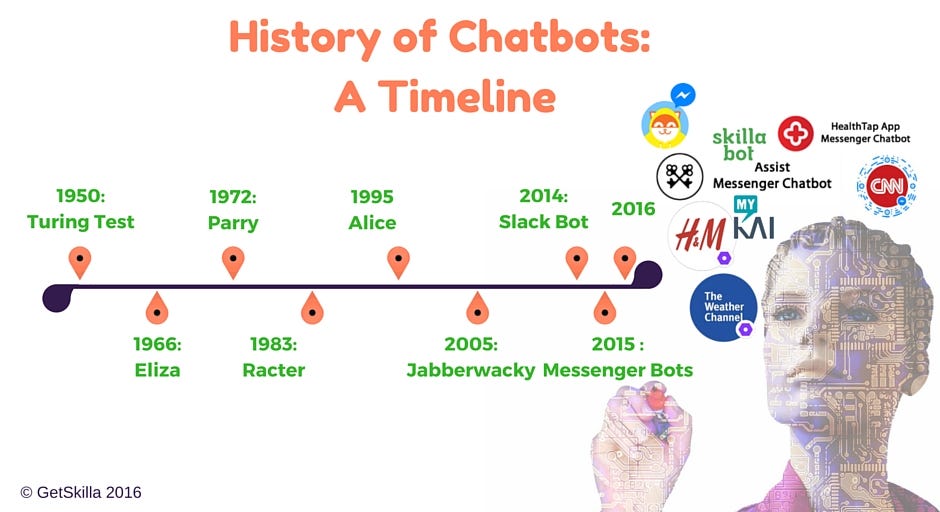
| Talk to Eliza by typing your questions and answers in the input box. |
|---|
I first encountered ELIZA on the Tandy/Radio Shack computers that made up the first computer lab in the junior high school where I taught in the 1970s. By then, ELIZA was a software tween herself.
This early natural language processing program had been written in the mid-1960s at the MIT Artificial Intelligence Laboratory by Joseph Weizenbaum. It supposedly had been created to demonstrate how superficial human to computer communications was at that time. But, when it was put on personal computers, humans found it quite engaging.
WHAT DOES ELIZA DO?
Using "'pattern matching" and substitution methodology, the program gives canned responses that made early users feel they were talking to someone who understood their input. The program was limited by the scripts that were in the program. (ELIZA was originally written in MAD-Slip.) Many variations on the original scripts were made as amateur coders played around with the fairly simple code.
Perhaps the most well known variation was called DOCTOR. This was made to respond like a Rogerian psychotherapist. In this instance, the therapist "reflects" on questions by turning the questions back at the patient.
ELIZA was one of the first chatterbots (later clipped to chatbot). It was also an early test case for the Turing Test, a test of a machine's ability to exhibit intelligent behavior equivalent to, or indistinguishable from, that of a human. By today's standards ELIZA fails very quickly if you ask it a few complex questions.

That said, ELIZA delighted my students, and those who were in my little programming club at that time were also delighted to make their own versions by revising and adding to the code and scripts.
One particularly memorable moment was when a student asked "What happens if someone types in a curse word? "
I said, "She will respond based on some word you use, but she won't know those kinds of words."
They tried it out. Someone would tell ELIZA to do something obscene and she might answer "We were discussing you, not me," which is actually pretty clever and funny - by accident.
"Can we fix that?" they asked.
"Sure. But you'll need to type in every possible curse word so that she knows what to respond to."
"We can do that?" they asked rather incredulously.
"You would have to if you want her to really respond logically, " I concluded. They were delighted and set to work immediately. Luckily, I never received any parent phone calls about it. Our little secret.

The version of ELIZA below is a more recent javascript incarnation to which I have made some cosmetic and scripresponset changes. She is still a baby chatbot, but she has had a 2018 resurgence of interest because she was featured in an episode of the TV show Young Sheldon. (The episode, "A Computer, a Plastic Pony, and a Case of Beer," may still be available at www.cbs.com) Sheldon and his family become quite enamored by ELIZA, though the precocious Sheldon quickly realizes it is a limited program.
Give ELIZA a try. You can sit on your own couch and pretend it is a therapist's couch. And, as with Siri, Alexa and other operating system disembodied voices, feel free to conjure up your own idea of what ELIZA looks like.

This javascript version of ELIZA was originally written by Michael Wallace and enhanced by George Dunlop.